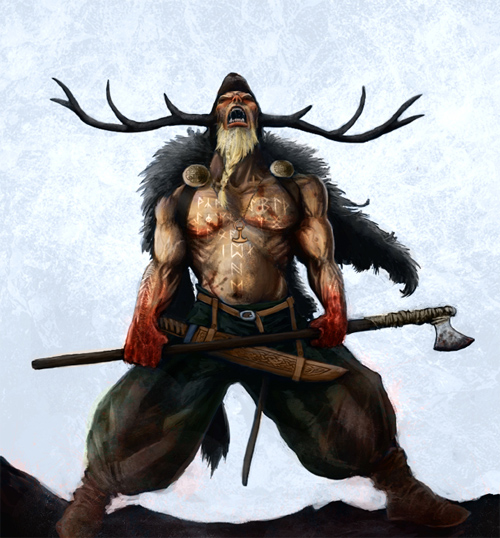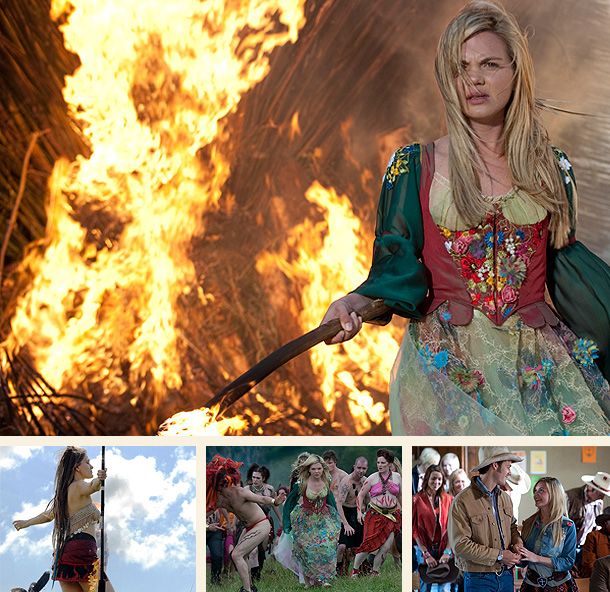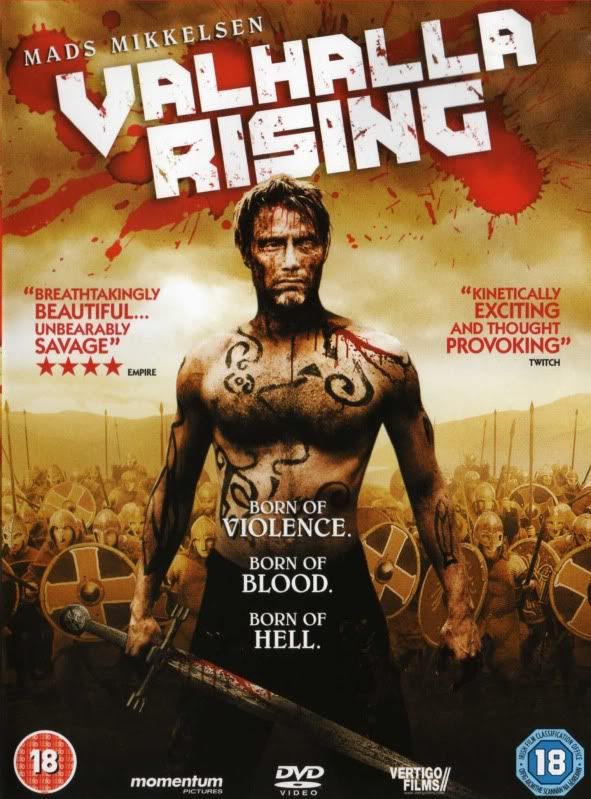Krampus: The Demon Of Christmas (Folklore Explained)
Mythology & Fiction Explained
Today we take a look at Santa's not so friendly helper, Krampus. The origins of the Krampus legend and the traditions that still take place even today.
************
Krampus (film)
Krampus is a 2015 American dark fantasy horror film based on the eponymous character from Austro-Bavarian folklore, written and directed by Michael Dougherty and co-written by Todd Casey and Zach Shields. The film stars Adam Scott, Toni Collette, David Koechner, Allison Tolman, Conchata Ferrell, Emjay Anthony, Stefania LaVie Owen, and Krista Stadler. It was released in the United States by Universal Pictures on December 4, 2015.
con't....
************
 |
| St. Nicholas and his Krampuses (Germany) |
After being teased about a letter that we was writing to Santa, Max later tears up the letter and tosses it out the window, which seems to set in motion supernatural events. I suppose that he "put it out there to the universe" a message of the family's extreme negativity and mean spiritedness. Shortly thereafter, a power outage amid a snowstorm signals "party time" for horror fans. The daughter goes out to take a walk, and witnesses the ominous arrival of Krampus amid the dark, gloomy sky and weather. He appears on a nearby roof looking like a large, horned, hoofed, claw bearing, super-creepy long-tongued, chain-clad, demonic Santa Klaus. He does her in and turns her into a snowman.
Once she's assumed missing, the two father characters go out to find her and are attacked by Krampus, although they manage to make it back to the house. This sets the stage for the rest of the film. Slowly the threat brings the family together, and they start to cooperate. At some point it becomes clear that Omi knows of Krampus, and experienced his wrath when she was a child back in a village in a German-speaking country. Eventually she tells the whole family this story, as well as the reason for this occurrence, which was that they had forgotten the spirit of Christmas and about the sacrifice of giving.
.jpg) |
| The Badalisc (Val Camonica) |
.
.
.
Spoiler alert beyond this point!
.
.
.
.
.
.
.
.
 |
| The final showdown; Max and Krampus |
.


















